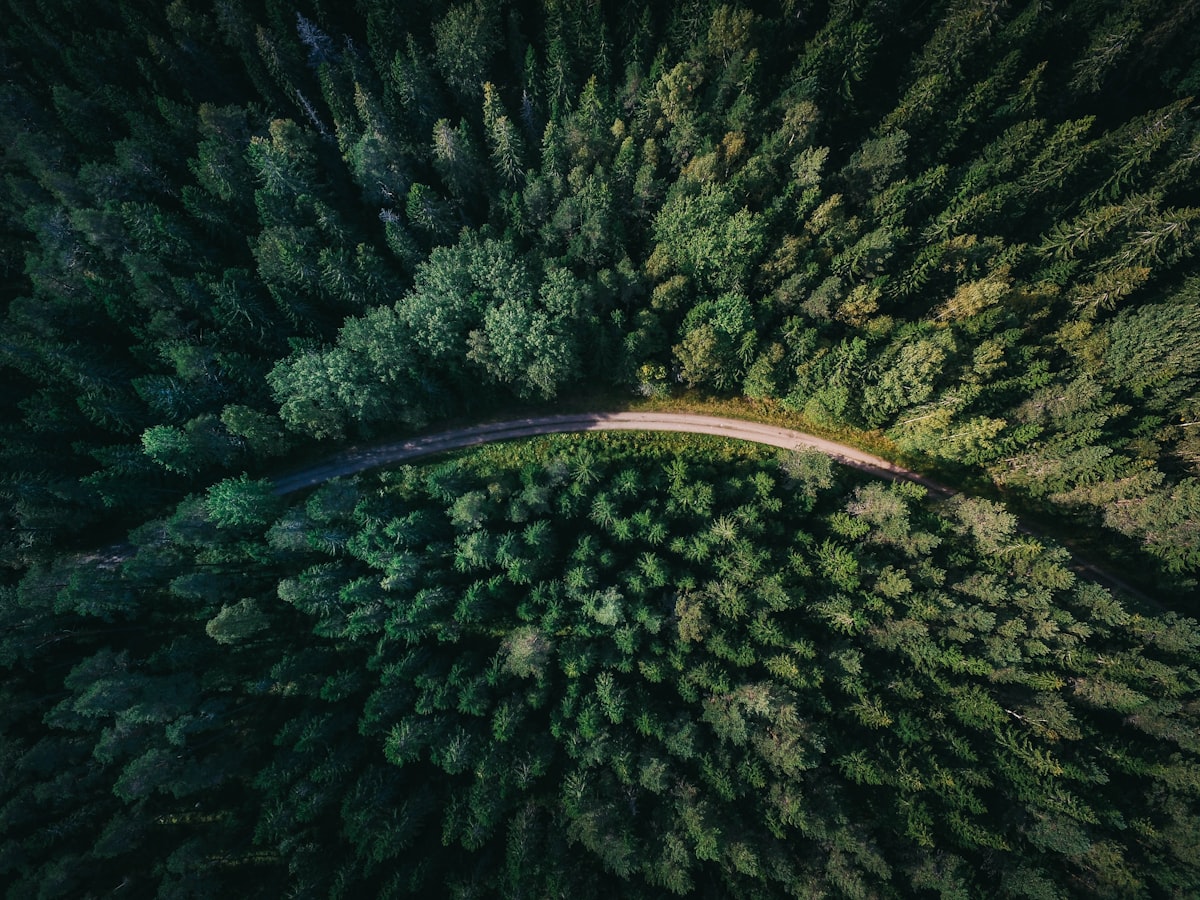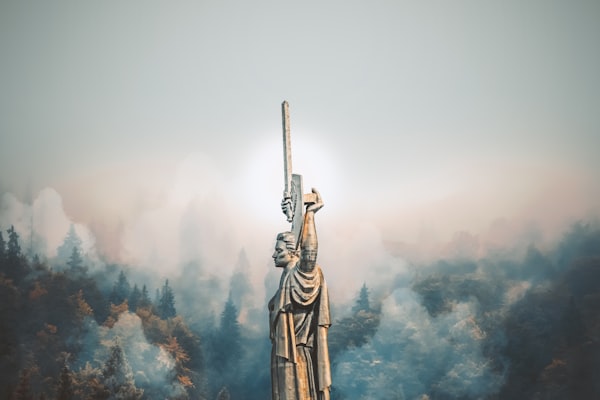Population Explosion and New Zealand's Experiment in Zealandia

Our universe is fast expanding, but our earth is not. By rough estimates, we add over 2,00,000 people to the world population every day, but the resources to support this spurt is limited. According to a UN estimate, by 2050, the world would add 2.5 billion more people to its urban areas, which as of 2021 is already bursting at seams. The UN estimate says that India, China and Nigeria would have the three biggest urban agglomerates among the 43 new megacities that would rise by 2050. India’s capital New Delhi, if the trend continues unchecked, would be the most populous city by the middle of the 21st century. The numbers are scary, for anyone who has visited any of India’s metros knows that the disparity between infrastructure and population is already wide, and bridging it by 2050, if the UN estimates are correct, might seem impossible.
What this also means is that by 2050, the fight for the already limited resources would peak, with housing, transportation, health care, among other infrastructure, getting dearer, or, more worryingly, inaccessible for the common man. While we do not support the Chinese subculture of ‘tang ping’, or lying flat, it does seem like a distinct possibility in the near future. For the uninitiated, tang ping is a new buzzword in China, where the youth are increasingly choosing to do the bare minimum to survive without overstretching themselves. It is the result of low paying jobs in a highly-competitive urban life, which has taken the traditional markers of success like owning a house, car and bank balance beyond the reach of the new generation.
Is there a plan?
With access to infrastructure likely to become highly competitive, another aspect of this dystopian future that must be accorded equal importance is: clean air. While human activity has already raised the global temperature and is wreaking havoc on many fronts, it's high time the mandarins thought of a sustainable development programme that could yield dividends. But every bold experiment needs a scientific basis or a model worth emulation you say? Now, those searching for inspiration need look no farther than New Zealand, where the authorities have over the past two decades created a small haven to pull back a motley group of animals and birds from the brink of extinction. Aptly named Zealandia, after the eponymous, elusive eighth continent, whose purported discovery might result in the rewriting of geography textbooks, the ecosanctuary is a study in how concerted effort backed by a strong sustainable development plan can work wonders.
Zealandia: A novel ecosanctuary
A 10-minute drive from the heart of Wellington, New Zealand’s capital, would take you to Kaori Valley, where Zealandia stands as a testimony to peaceful coexistence between man and nature. The plot where Zealandia now stands once housed a dam tasked with quenching the thirst of the capital city. While decommissioning the 119-year-old dam in 1997, the Wellington authorities planned to develop the area surrounding it into an ecosanctuary. They did not have to start from the scratch, though. The land surrounding the dam was deemed a protected area, where no human activity was allowed for over a century. This resulted in nature reclaiming the valley around the dam, where forest had regenerated to some extent.
Over the next two years, officials, along with activists and volunteers, created a 8.6-km perimeter, encircling around 550 acres with anti-predator fence. In 1999, all pests were removed and by 2000, the area was declared predator-free. Then they carefully reintroduced select plants, trees and animals to Zealandia. And over the next 21 years, Zealandia grew from strength to strength. Zealandia is now home to over 40 native bird species, some of whom are deemed critical or endangered. It also houses scores of critically-endangered reptiles, frogs and invertebrates, besides hundreds of native plants and trees. How did these birds, animals and trees reach near extinction, you ask? Well, New Zealand, too, was once a pristine ecosystem. Then Europeans happened, and the rest, according to a popular cliché, is history.
Helping the city breathe
Besides offering a safe haven to animals and birds, Zealandia is instrumental in providing clean air to the vast urban population concentration in the vicinity. According to the residents, the chirruping birds, the serene ambience and the rich canopies confined within Zealandia are both a sight to behold and an experience worth reliving a thousand times over. The success of Zealandia affirms what modern studies have always maintained in that green spaces improve physical and mental health besides absorbing carbon, mitigating floods and reducing heat.
Given it is a huge area, relying solely upon the official machinery to maintain it is inadvisable. That is why you will find a whole retinue of activists, environmentalists and volunteers making a beeline for the ecosanctuary daily to assess the strength of the fences and other infrastructure. The community partnership in developing and maintaining Zealandia could easily be a case study for other cities wishing to create a vast green spaces of their own.
The long-term plan
The officials, however, are unwilling to rest on their laurels. They believe Zealandia is only seminal to their ultimate objective: restoring the forest and freshwater ecosystems of the valley. They even have a 500-year plan to bring the valley to its prehuman state. Why 500, you ask? It’s because authorities believe it would take at least 500 years for nature to work her magic to make the forest's original canopy to regrow. And this future goal would be possible only if the community partnership endures.
City planners I talked to had a constant refrain: That incorporating a green space in Indian cities is nigh high impossible. Be that as it may, one cannot help thinking what stops them from developing one outside the city limits? For starters, it might offer a great escape to the denizens from the concrete jungles. Add to that the off chance of our generation next turning out more responsible than ours and instead of chopping trees to accommodate the ever-expanding metros they build cities around them, we may yet turn the tide. Zealandia is not an example, given the pace at which the population is growing, but a necessity.




